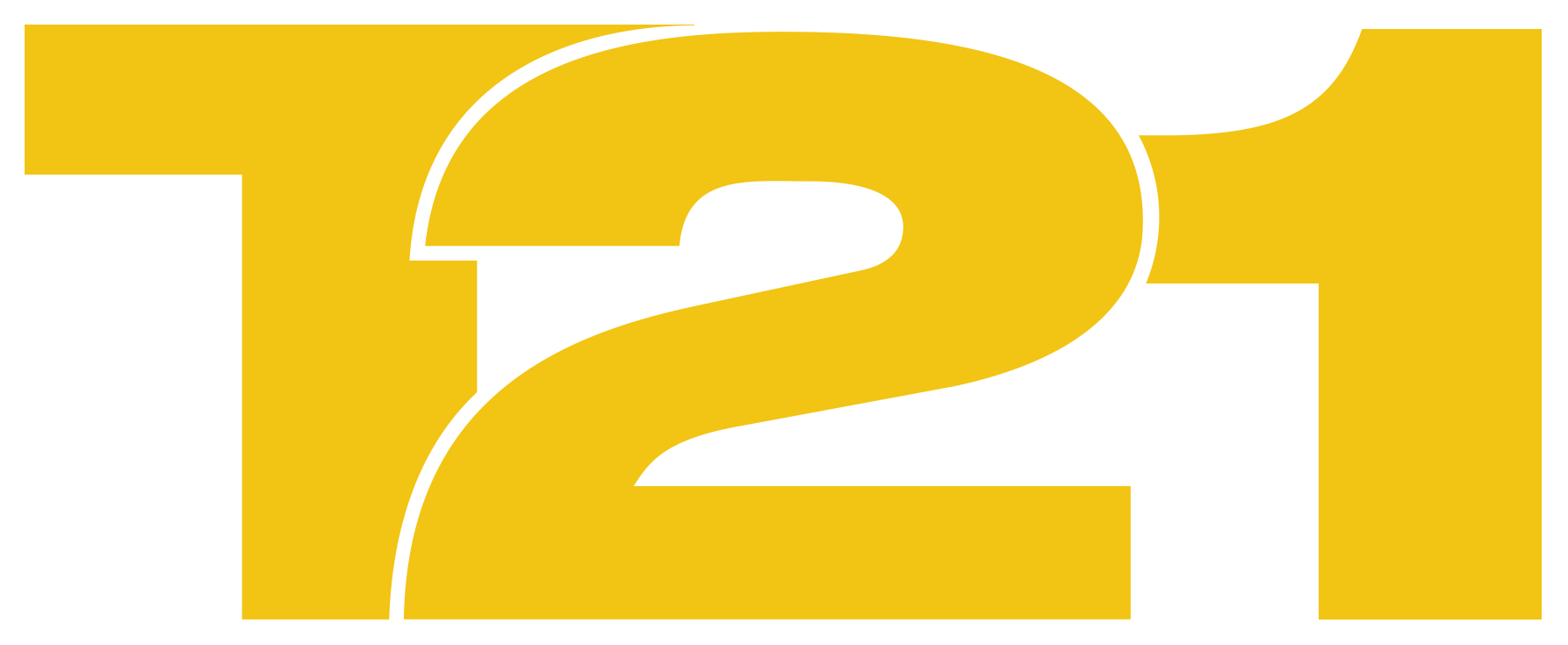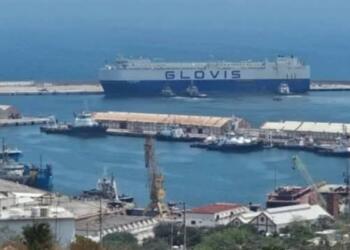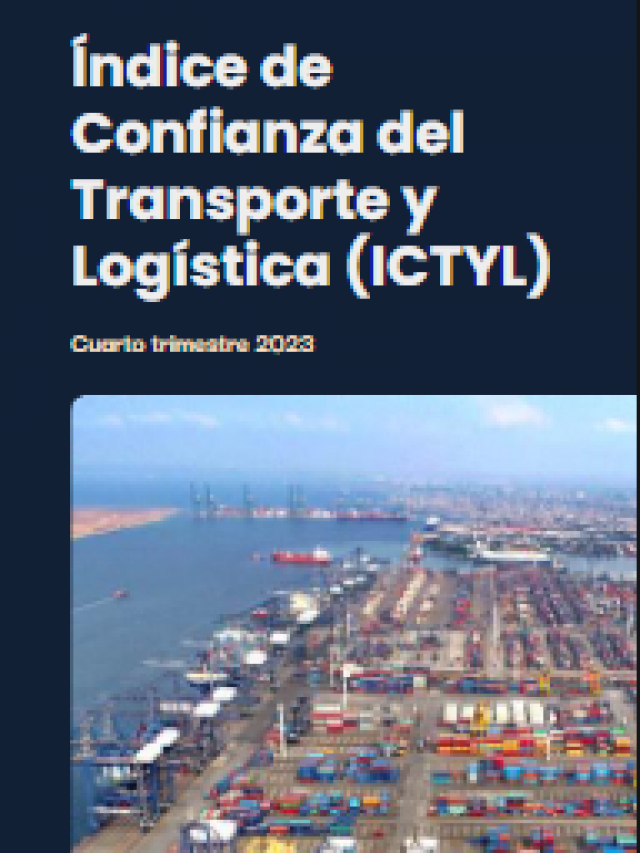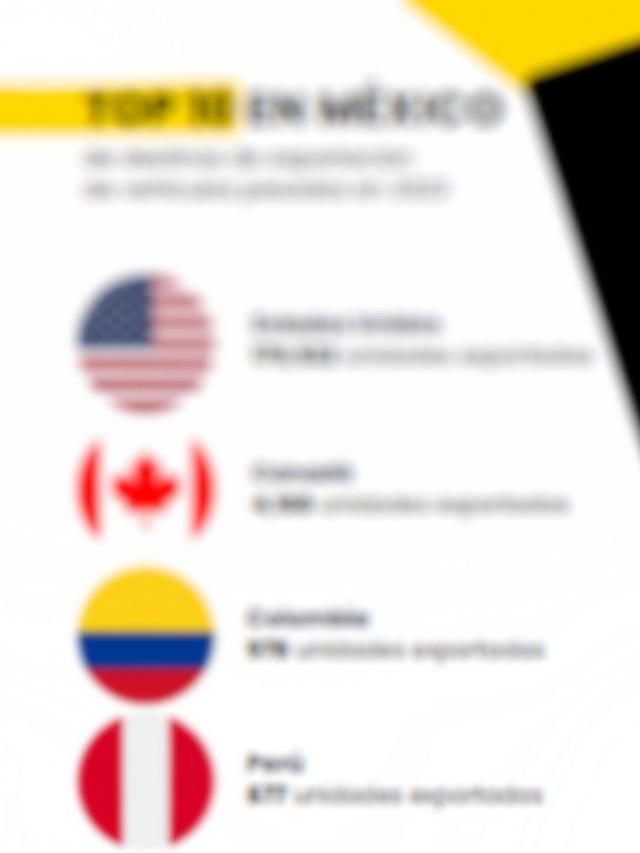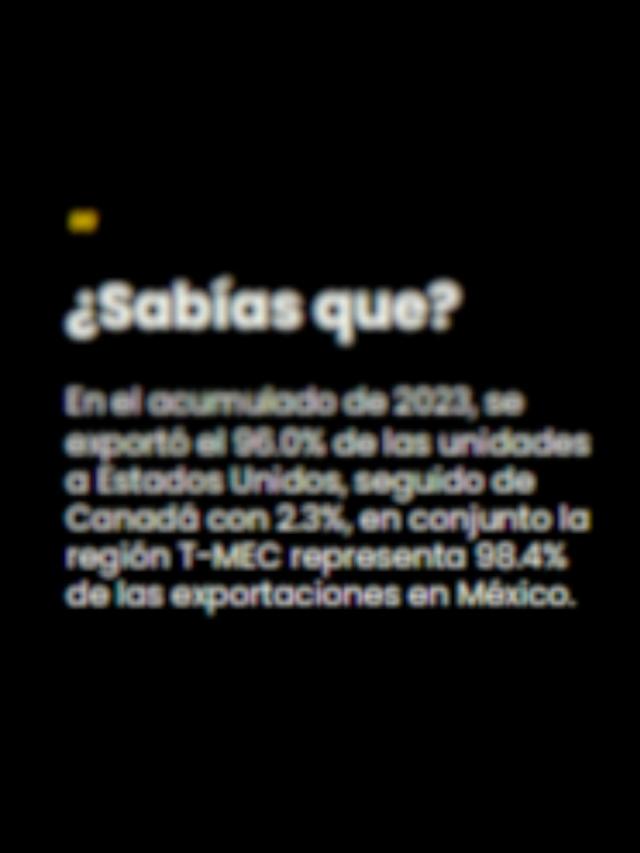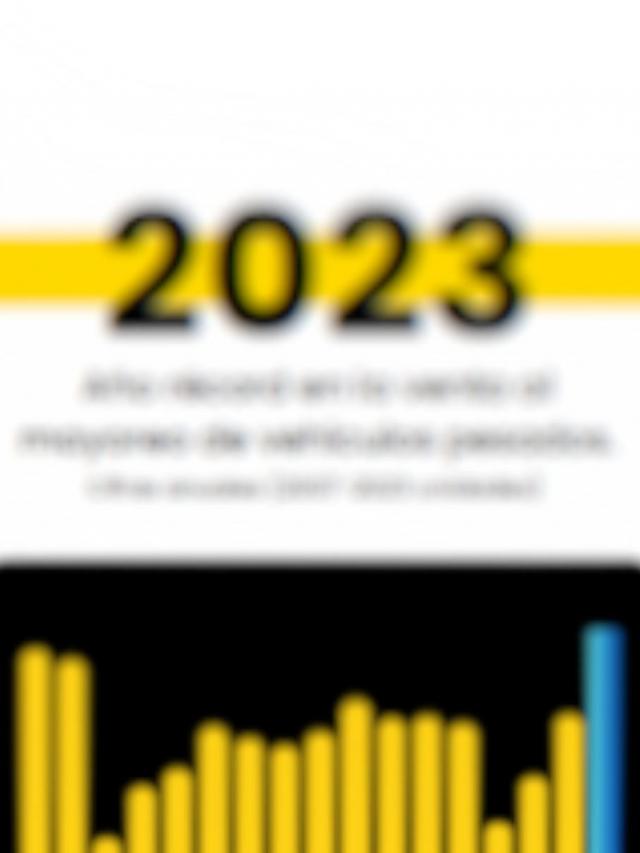
SAN JOSÉ CHIAPA, PUE.- At the conference Resizing waiting areas in a bus terminal through discrete event simulation , Ricardo Torres Mendoza, from the Faculty of Engineering of the National Autonomous University of Mexico (UNAM) , said that the simulation system imitates reality and helps identify “bottlenecks” that can only be addressed in reality.
In the context of urban transport, this allows us to analyse the optimal number of ticket offices , as well as the number of people in the waiting room in order to improve, in this case, a bus station.
Torres gave as an example the Eastern Passenger Bus Terminal (TAPO) , which was overcrowded with users in various areas and was seeking to make it more functional.
At the 12th International Congress on Logistics and Supply Chain (CiLOG), he explained that the central office had been improved for the benefit of travelers .
The specialist highlighted that simulation is a tool that allows systems to be analysed like no other methodology.
In addition, specialized use of simulation facilitates the modeling of systems , although it is necessary to perform an analysis before defining the program to be used, as was the case with the project to improve certain areas of TAPO.
Part of the challenges of carrying out an event simulation is that preparation must be taken into account, as well as the needs of the people, said Torres Mendoza.
He also considered that there must be a digital transformation in various sectors, such as in agriculture, and that technology must be implemented in the area of platforms and applications.
Comment and follow us on X: @Eliseosfield /@GrupoT21
